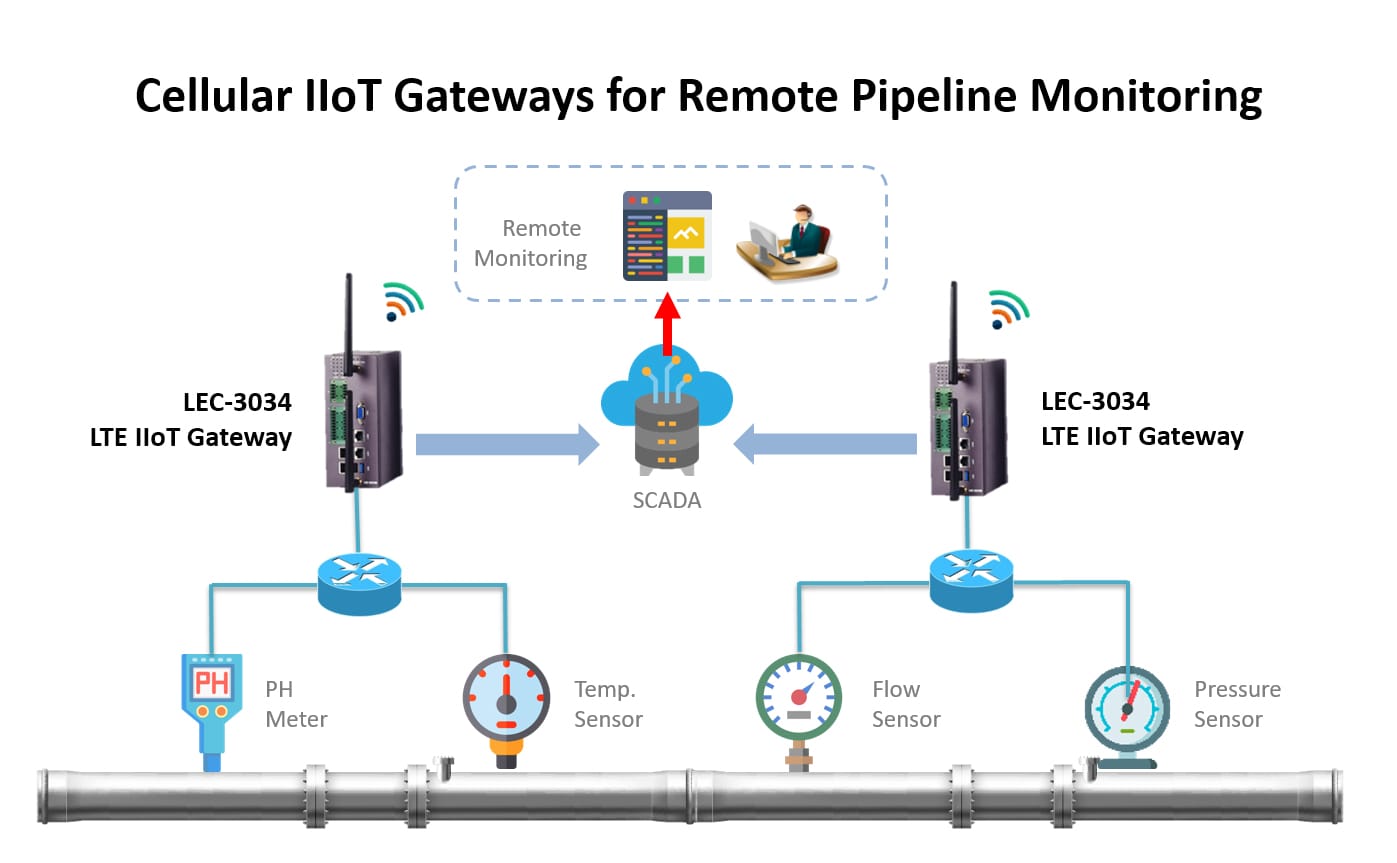Background
Like most people in the developed world, you probably take access to clean water for granted. Whether in the bathroom flushing the toilet, in the kitchen washing vegetables, or outside watering your lawn, clean water is always just a faucet away. What's more, people also take for granted a clean living environment free from human waste and the nasty diseases that come with it. Unless you have watched a documentary film about wastewater treatment, you've likely had never given it a second thought on where your waste goes and where your clean water comes from. The fact of the matter is that wastewater treatment is a comprehensive and time-consuming process that requires constant vigilance and a vast network of pipes. Given its complexity, even the tiniest malfunctions, such as a leaky pipe, can cause massive disruptions to the entire process and negatively affect customers and the environment. Luckily, in the twenty-first century, we benefit from technology to help us manage the complexities of wastewater treatment and water distribution; among them are computer-based remote monitoring solutions.
Requirements
To meet the intricacies of wastewater treatment, Lanner's solution needed to utilize a remote I/O to collect readings such as water temperature, pressure, flow, and PH sensors. Also, it had to be able to send Modbus data to an IIoT edge gateway via serial communications followed by the IIoT gateway transmitting data over cellular networks to the remote monitoring system. Thus, the solution had to provide serial connectivity to collect Modbus data and programmability for preprocessing field data for remote water pipeline monitoring. What's more, optional LTE connectivity was necessary, as well as a compact form factor to fit inside small cabinets and low power consumption to meet the needs of powering via solar panels. For maximum durability, all year round and in any weather, having a wide temperature operation range was also essential.
Lanner Solution

Since IIoT edge gateways need to be placed in small outdoor control cabinets exposed to extreme environmental conditions and be powered by small solar panels, the Lanner LEC-3031 IIoT edge gateway was ideal for the task. Its compact form factor, wide operating temperature range, and low power consumption meet the application's needs perfectly. What's more, through a remote I/O device, serial I/O field sensor data is collected, signals converted into Modbus TCP, and then Modbus data is transmitted to the LEC-3031 IIoT edge gateway. With a dual-core Intel® Atom E3825 processor and up to 8GB of DDR3L RAM, the edge gateway can sufficiently process data while consuming only 10W of power. Another key advantage is that the gateway provides integrated cellular LTE connectivity, eliminating the need for an additional cellular gateway and saving deployment costs and valuable cabinet space.
By leveraging IIoT solutions, the customer can deliver real-time data from numerous sites in a highly distributed water pipeline system to a centralized SCADA system. The customer can also remotely monitor the status of their pipelines through a dashboard hosted on its private cloud. These IIoT solutions help reduce the time required to detect and repair leaking, corroding, or blocked pipes, and thus keeping things flowing smoothly.







